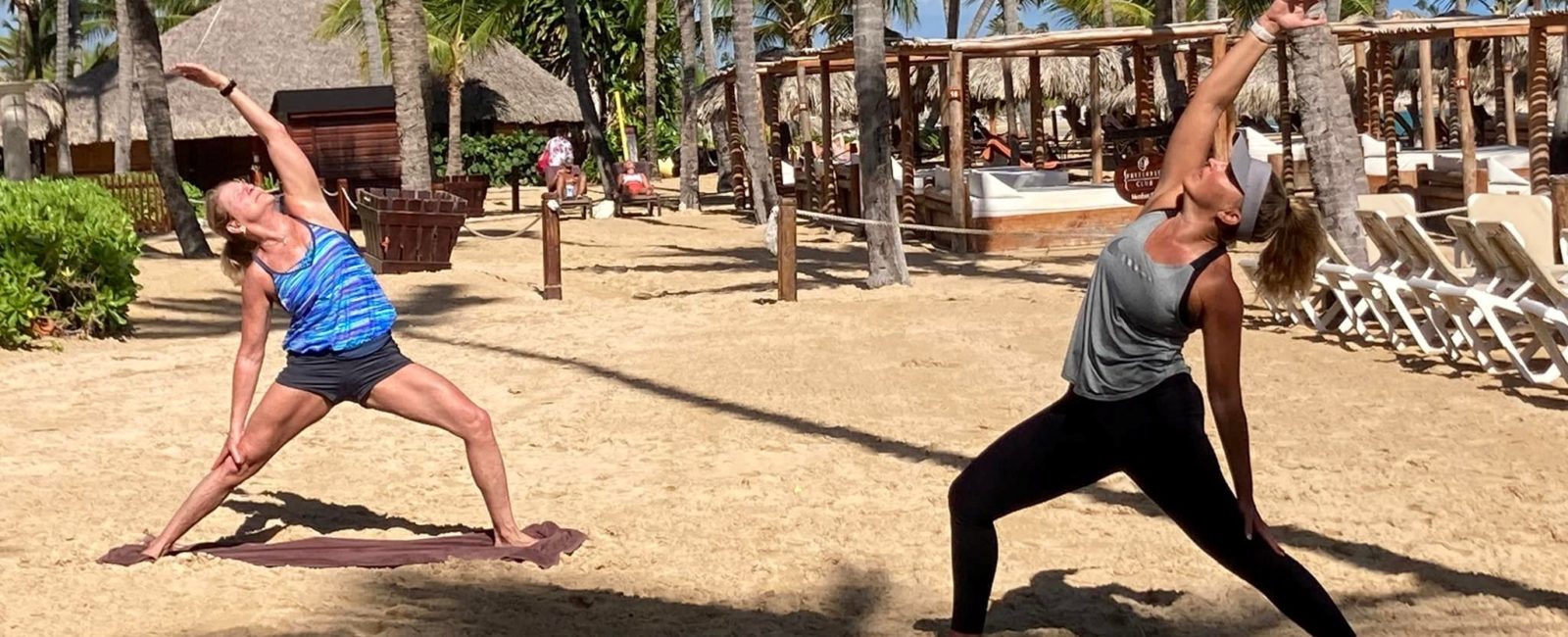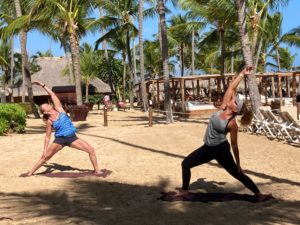Why Does Body Composition Matter?

What weighs more, a pound of fat or a pound of muscle? That’s a trick question because a pound is a pound, so a pound of muscle is the same weight as a pound of fat.
The difference is a pound of fat takes up more space in your body and is larger than a pound of muscle.
It’s why you can have two people who weigh the same look completely different because muscle is denser than fat. Someone who is more muscular will look leaner and smaller than someone at the same weight who carries more body fat. Muscle is also more metabolically active and offers function, support, strength, endurance, and movement. In contrast, although fat does provide some benefits, excessive fat on our body is hard on our joints and can lead to obesity and heart disease.

When it comes to weight, fat and muscle are not equal. Muscle is better for the body in multiple ways. It’s one of the reasons that Body Mass Index (BMI), a health assessment tool that utilizes weight and height only as an indicator of health, is a very crude and poor measurement tool.
Someone who is more muscular will exhibit a less healthy BMI score at the same height, which is faltered. It’s also why the scale doesn’t provide an accurate assessment of your health since it does not provide any information about body composition and how much of your weight is body fat, lean tissue, bone, or water.
With that said, you should not become obsessed with your body fat percentage. It’s important to understand that there are numerous methods for estimating body fat percentage.
Here are a few of the most popular approaches for estimating body fat percentage:
Skin Calipers
The fat pinch test
Girth Measurements
Measure the circumference around various body parts and extrapolate that to body fat percentage using algorithms
Underwater Weighing
This test, once considered the gold standard for body fat assessment, is often performed in a university or laboratory setting. Subjects are weighed on a scale underwater and on land. Body fat percentage is calculated based on the variation of buoyancy and weights of various tissues under water and on land.
Bioelectrical Impedance Analysis (BIA)
This test involves holding onto or standing on a devise that runs a low-level electrical impulse through your body and then calculates body fat % based on the conductivity of various tissues.
Dual-energy X-ray absorptiometry (DXA or DEXA)
Considered the Gold standard of body fat assessment, you lie on a table while a machine arm passes over your entire body, which emits a high and a low energy X-ray beam. By measuring the absorption of each beam into parts of the body, technicians can get readings for bone mineral density, lean body mass and fat mass.
There are pros and cons to each technique, and none are 100% accurate. Depending on the test conducted, the same subject can receive a drastically different body fat percentage on the exact same day. There are also errors with reproducibility. For example, with some tests, you can measure multiple times on the same day on the same person, and each time come up with a different body fat percentage.
The only precise way to measure body fat percentage is by extracting all the tissues in the body, measuring them, and then determining how much is fat in comparison to other tissues such as bone, muscle, and organs – but no one is going to sign up for that assessment!
The reason it’s important to emphasize these points is because many people are getting stuck on their body fat percentage value when in fact, the science is not without error. One researcher jokingly reported that the most accurate body fat assessment tool is to stand in front of a mirror naked while holding a stopwatch, jump up and down a few times, stop and then record how long it takes for your fat to stop shaking. As you become more fit, the fat will stop shaking sooner.
On a more serious note, if you’d like to measure your progress, we suggest utilizing a variety of measuring tools to get a more accurate assessment of your body composition. For example, you could take your girth measurements, get weighed, take a couple photos of yourself in form fitting clothing from a variety of angles and, complete a body fat assessment test. The more tests you perform, the more accurate the assessment of your current body composition. Instead of focusing on a number, just focus on the change within your body. Don’t compare to anyone else’s figures and don’t focus on a suggested or target body fat percentage.
It’s also important to note that many studies are reporting that exercising and eating healthy are more important for your health than how much body fat you store. This means you can store extra body fat and still be healthy. So, even if you don’t lose a ton of body fat, committing to exercise and clean eating will improve your overall health, reduce your risk for health-related disorders and improve your longevity!
Yours in health & fitness,
Sherri McMillan
